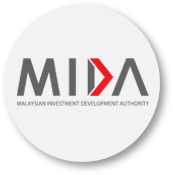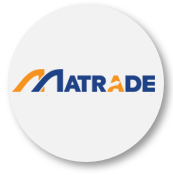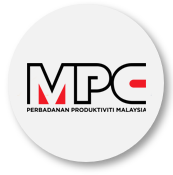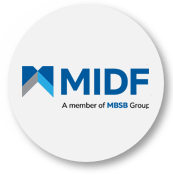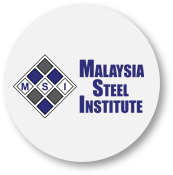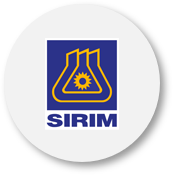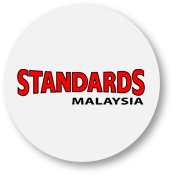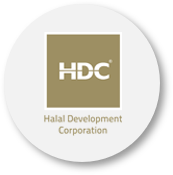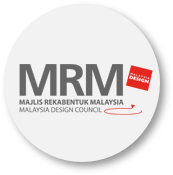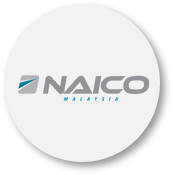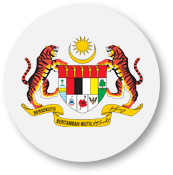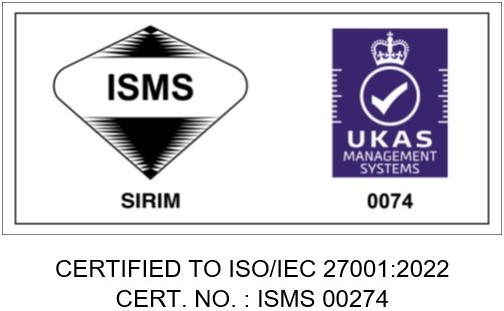1. INTRODUCTION
The Generalised System of Preferences (GSP) was negotiated under the auspices of United Nations Conference on Trade and Development (UNCTAD).
The objectives of the GSP programme are:
- to increase the export earnings of preference-receiving countries;
- to promote their industrialisation; and
- to accelerate their rate of economic growth
2. WHAT IS GSP?
i. The GSP is a system whereby developed countries grant preferential treatment to eligible products imported from developing countries, so that export of developing countries would be competitive in the developed countries markets. The preference-giving country is also known as the donor country, and the preference-receiving country as the beneficiary country;
ii. The preferential treatment is in the form of reduced import duty, and granted without reciprocal obligation on the part of the developing countries; and
iii. The preference giving countries under the GSP scheme are Japan (76 HS Tariff Lines), Norway, Switzerland, Liechtenstein, Belarus, Khazakhstan and Russian Federation.
3. PURPOSE OF GSP
i. The purpose of the GSP is to enable exports of developing countries to be competitive in the developed countries' markets; and
ii. The lower tariffs or duty free entry make it attractive for importers in the donor countries to import from exporters in the beneficiary countries.
4. PRODUCT COVERAGE
i. The Regulation contains rules for both industrial and agricultural products:
- Agricultural products falling within HS Chapters 1-25; Industrial products, as well as ferro-alloys, falling within HS Chapters 25-97 are covered by the EC scheme.
- The list of products covered and treatment applied is contained in Annex IV of Regulation 2501/2001 (attached).
5. GOODS ELIGIBLE FOR GSP
i. The most essential part of the GSP scheme is the rules of origin. These rules are prescribed by the donor countries to ensure that the GSP benefits are confined to products genuinely originating from the beneficiary countries. Goods are only eligible for GSP treatment when certain origin conditions are satisfied. They must be transported directly from the exporting preference receiving country to the preference-giving country.
ii. They must also either be wholly obtained or have undergone substantial transformation in the country of origin. Products which are wholly obtained will automatically qualify for preferential treatment, while products with imported content can qualify provided they have undergone substantial transformation or have not exceeded certain percentage of import content.
iii. The basis for determining substantial transformation of products differ form one scheme to another. These can be generally grouped into two which are the process criteria and the percentage criteria. Under the process criteria, product encompasses imported materials, parts or components can obtain originating status if it has gone through substantial transformation.
iv. Several GSP schemes have added another dimension to the origin criteria by granting Several GSP schemes have added another dimension to the origin criteria by granting "cumulative" "cumulative" origin in which processes or value-added in more than one preference-receiving country in a regional grouping may be added together in order to determine whether the exported finished products qualify for GSP. The GSP scheme allows accumulation of ASEAN origin products/components, i.e. Malaysian manufacturers can source components/inputs produced in other ASEAN countries. They would be deemed to be of Malaysian origin and hence their value will be taken into consideration when calculating local value-added.
v. The claim for GSP treatment must be supported by appropriated documentary evidence as to origin and consignment. The documentary evidence accepted for purposes of GSP is the Certificate of Origin, which is more commonly referred to as The claim for GSP treatment must be supported by appropriated documentary evidence as to origin and consignment. The documentary evidence accepted for purposes of GSP is the Certificate of Origin, which is more commonly referred to as "Form A". In most instances, Form A has to be officially certified by an authorised governmental agency. In Malaysia , the authorised issuing authority is MITI. For GSP export to Canada, official certification is not required and exporters can "self certify" the "Form A". The Self Certification of GSP to Canada will be graduated on 1 January 2015 [Details can be obtained page 21-40. http://www.gazette.gc.ca/rp-pr/p2/2013/2013-10-09/pdf/g2-14721.pdf].
6. HOW TO EXPORT UNDER GSP?
i. Establish the tariff classification of product:
- Product classification is normally in accordance with the Harmonised Commodity Description and Ceiling System (HS).
ii. Check the product coverage:
- not all products are eligible for preferential treatment under the GSP. The exporter must therefore determine whether the goods are eligible for preference in the target market (importing country);
- to do this, the exporter must examine the product lists of the relevant GSP scheme to determine by reference to the precise tariff classification and product description of the goods, whether they are eligible for GSP treatment.
- the preference-giving countries have lists that itemise on the products that are eligible for preference and those that are excluded from preference under GSP scheme.
- these lists are periodically reviewed by preference giving countries and often modified.
iii. Comply with Rules of Origin:
The Rules of Origin are an essential parts of the GSP scheme in order to ensure that the benefits of Preferential Tariff treatment under the GSP are confined to products genuinely produced by or substantially transformed in the preference receiving countries. Strict enforcement of rules of origins necessary to prevent products originating from third countries and traded in transit or products which are only slightly worked upon and do not undergo a true process of manufacture from benefiting under the GSP. The main elements of the rules of origin under the GSP are :
- origin criteria;
- consignment conditions; and
- documentary evidence
iv. Each GSP scheme lays down the origin criteria which have to be met if the products to be exported are to qualify for preferential treatment.
7. HOW DO MANUFACTURERS/ EXPORTERS APPLY PREFERENTIAL CERTIFICATE OF ORIGIN UNDER GSP
Step 1: Cost Analysis Approval
- Manufacturer/exporters are required to submit applications through The Electronic Preferential Certificate of Origin (ePCO) online system. ePCO is a web-based Preferential Certificate of Origin application and approval system. For enquiries on ePCO registration, please contact 1300 133 133 or email cpm@dagangnet.com
Dagang Net Technologies Sdn Bhd,
Tower 3, Avenue 5, The Horizon,
Bangsar South, No 8, Jalan Kerinchi, 59200 Kuala Lumpuror
Menara MITI, No. 7,
2nd Floor, Jalan Sultan Haji Ahmad Shah,
50480, Kuala Lumpur, Malaysia or at MITI's branch offices. - Cost Analysis approval will be processed through ePCO System within 5 working days (not include Saturday, Sunday and public holiday)
Step 2 : GSP Form A Approval and Endorsement of GSP Form A
- GSP Form A is a Certificate that is accepted as evidence of origin by GSP preference-giving countries to obtain preferential treatment.
- Form A can be purchased from the Federation of Malaysian Manufacturers (FMM) at:
Wisma FMM, No. 3,
Persiaran Dagang, PJU9,
Bandar Sri Damansara,
52200, Kuala Lumpur and FMM branch offices. - Application of Form A is through ePCO and is processed within 24 working hours of working days (Not include Saturday, Sunday and public holiday).
- Form A can be printed after it has been approved by MITI.
Step 3 : Endorsement of GSP Form A
-
The approved Form A is to be submitted to MITI for endorsement at:
Menara MITI, No. 7,
2nd Floor, Jalan Sultan Haji Ahmad Shah,
50480, Kuala Lumpur, Malaysia or at MITI's branch offices.
8. WHERE TO SEEK ADVICE
For further information you may contact:
Menara MITI, No. 7,
2nd Floor, Jalan Sultan Haji Ahmad Shah,
50480, Kuala Lumpur, Malaysia or at MITI's branch offices.Tel: 03-6208 4748 (CO Helpdesk)
Fax: 03-6206 4248
Last Updated 2016-12-17 09:50:16 by Azuna Hasbullah atau Abd Rahman







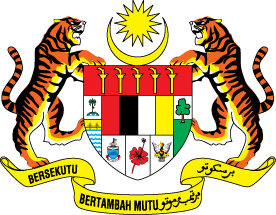





 Home
Home








